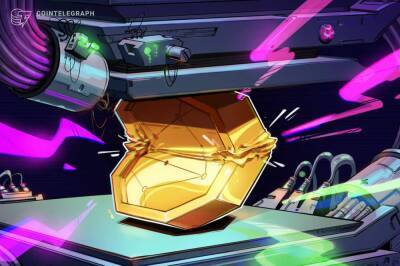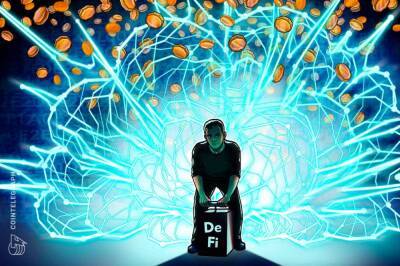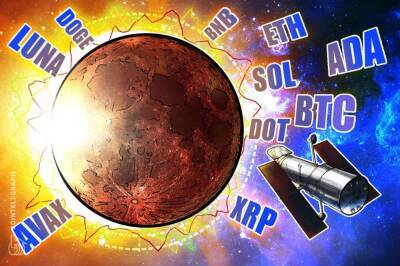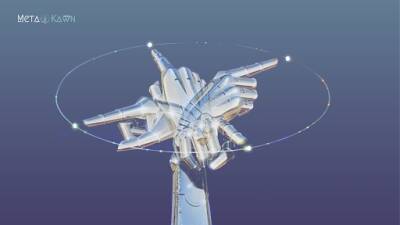Ethereum-based AR metaverse ecosystem adopts Polygon to address scaling
Ethereum (ETH) started the nonfungible token (NFT) craze, but it turns out minting and trading NFTs while adopting the concept for larger projects or integrating it into metaverse and other ecosystems might not be feasible given the high gas fees, especially when there are several viable alternatives.
OVR, a decentralized augmented reality (AR) project that relies on NFTs, has recently decided to move from Ethereum to Polygon (MATIC) – a layer-2 chain that ensures greater scalability and flexibility.
OVR started as an Ethereum-based open-source AR platform that lets users with a mobile device or smart glasses interact with the real world through AR experiences. The platform has recently integrated the metaverse concept as it plans to build a community-owned version of the 3D virtual world to be an alternative to Meta, formerly known as Facebook, which is imposing its own take.
OVR is proposing a new standard in AR experiences by placing itself as the first content browser where users don’t choose the contents, but the world submits the possible experiences based on their geographical location.
With OVR, users can conveniently create 3D content in the metaverse, possess the space where the content is hosted in the form of NFTs, and place it in any location worldwide. For this, OVR is building a global nation represented by an open AR metaverse powered by Web 3.0.
Thanks to the recent partnership with Threedium, an award-winning 3D and AR platform, users can build and request amazing 3D objects in OVR’s metaverse.
The OVR’s layer that is mapped one-to-one to the physical world, which went live one year after the project launch, has already sold over 750,000 units called OVRLands. There are over 8,500 OVRLand owners as of today,
Read more on cointelegraph.com






















